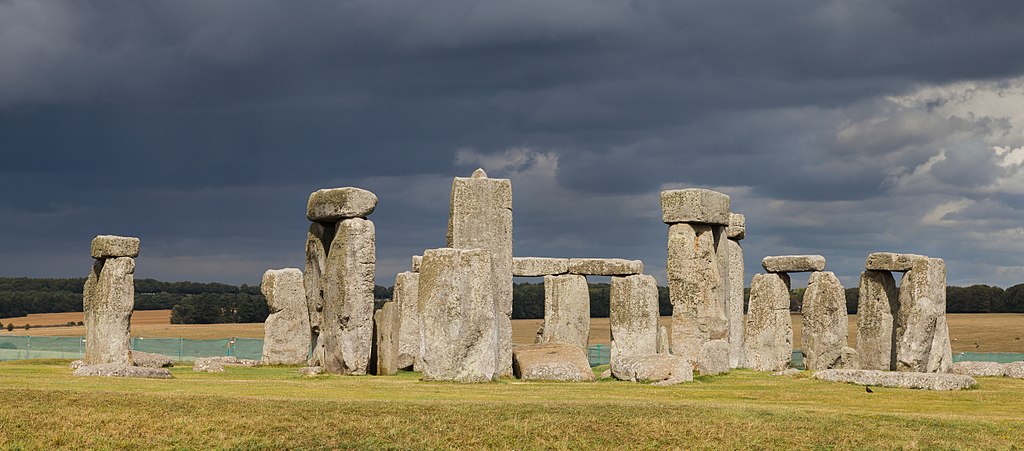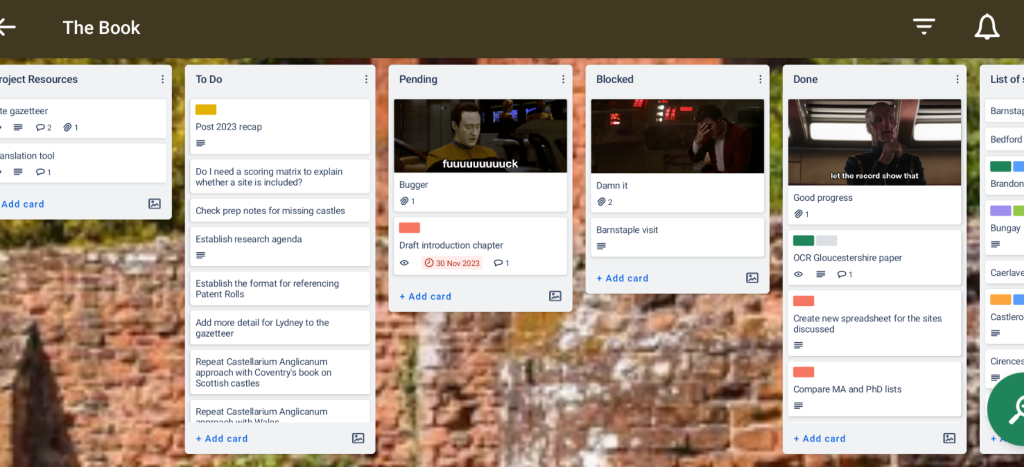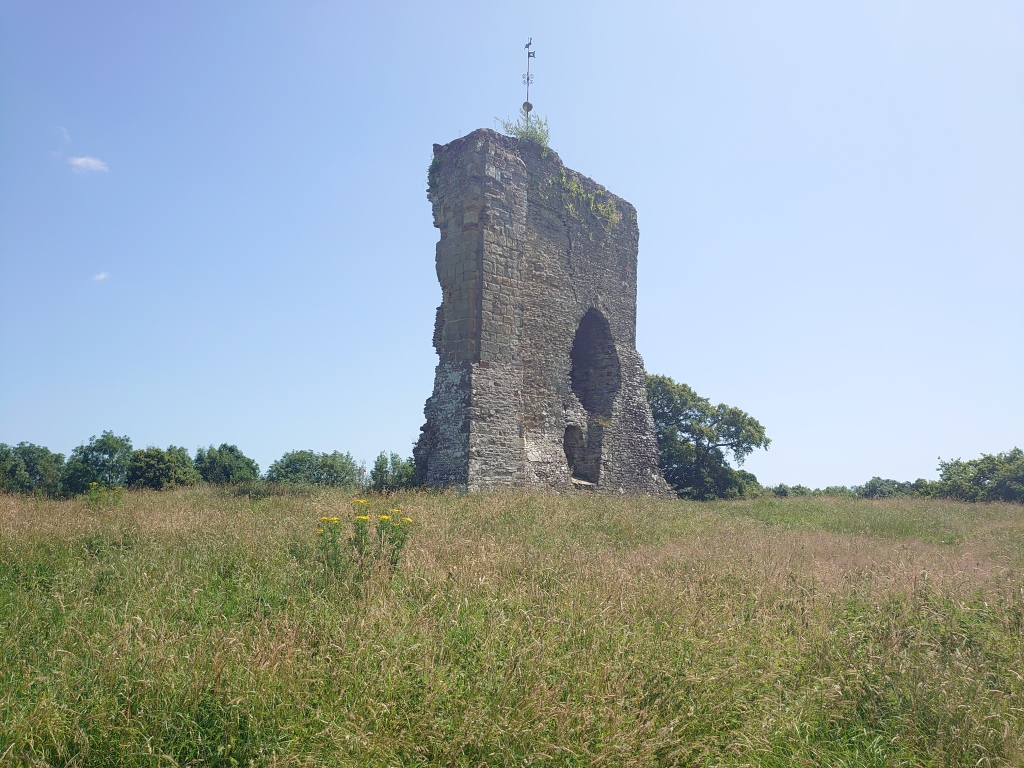And best of all, it is about the destruction of castles.
In 2022 I signed a contract with Liverpool University Press to turn my PhD into a book on castle slighting so it’s official. There will be a book, and it will be a real page turner. The Destruction of Castles in the Middle Ages: The Archaeology of Slighting and Power.
I was at a conference at the start of December and someone asked if I was still doing research so I realised it’s high time I say what I’m up to.
It’s fun to be back in the saddle
This topic has been on my mind since 2010. I did my Master’s thesis on slighting and had settled on the subject before I’d been formally accepted onto the course. I wrapped my PhD back in 2018. I’m tempted to say that I needed some time away from thinking about slighting to refresh and recharge, but that’s not really true. I kept with it. I wrote a summary paper for The Archaeological Journal and I worked for English Heritage on the reinterpretation of Pevensey Castle and wrote an article about a case of possible slighting there.

Life over the next few years was busy and it’s nice to have another major goal in sight. After my PhD, my research went in slightly different directions, and this book is a chance to tie it back together.
And I have a research assistant this time (a cat).
The temptation to make this enormous is real

My plan was simple. Check the archaeological literature for new cases of slighting, read up on some recent publications to do with authority and power and use that to inform the book. If I’m revisiting the topic, it needs to be updated and take into account new work.
When I started researching slighting, I anchored my work firmly in the Middle Ages but made reference to other cases of deliberate destruction for comparison, from ancient Rome to the modern day. I keep finding myself drawn into these other periods. Hugh Willmott’s The Dissolution of the Monasteries in England and Wales and Matthew Knight’s Fragments of the Bronze Age were both published in the last few years, and Giulia Bellato finished her PhD on the destruction of houses in medieval Italy. That alone would be enough to really enhance the discussion, but I’m coming across older stuff that I wasn’t looking for previously. It turns out there’s a theory that Stonehenge was slighted.

I’d love to include all of this in my book, and something on the destruction of hillforts, but I’m reminding myself that the focus is castles. There’s so much to keep track of I’ve started a Trello board for all my notes. It feels way more organised than when I put everything in a Word document titled ‘notes’ for my PhD and has better gif support. Who knows, maybe there’s a sequel.
There is new stuff

In my PhD I identified 60 slighted castles, and in the years since this has increased by a handful of sites. On top of that, excavations at Sheffield Castle have been property written up and published in an open access book. New fieldwork at Knepp Castle and Pevensey in Sussex gives me a chance to introduce new sites to the discussion that sit in the grey area. Were they slighted and if not what does that tell us about royal authority? And at some point I want to consult the excavation archives on Barnstaple Castle. The fringe sites have a lot to offer.
It’s going to be a while before it’s published, but watch this space. I’ve got a lot of writing to crack on with this year.